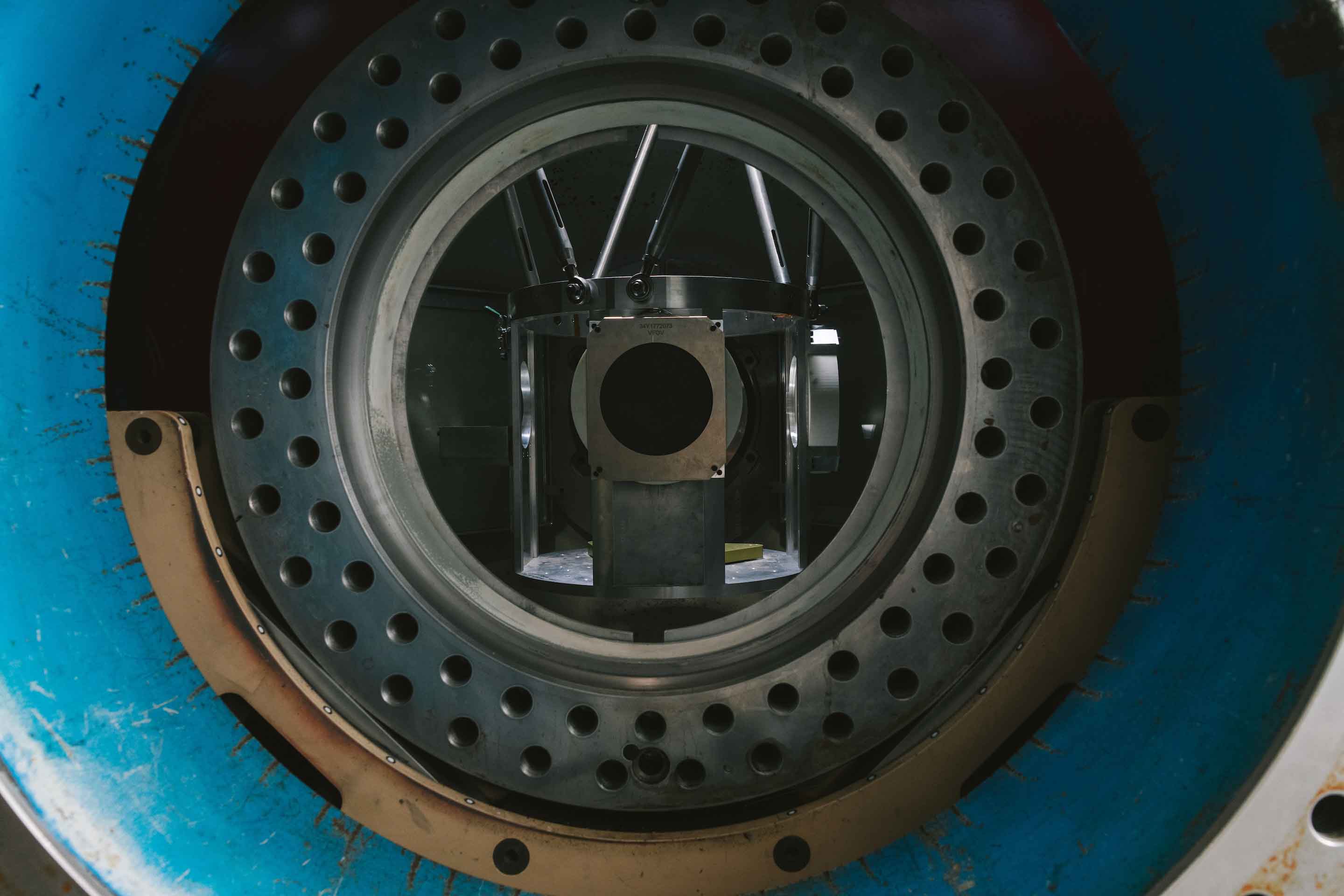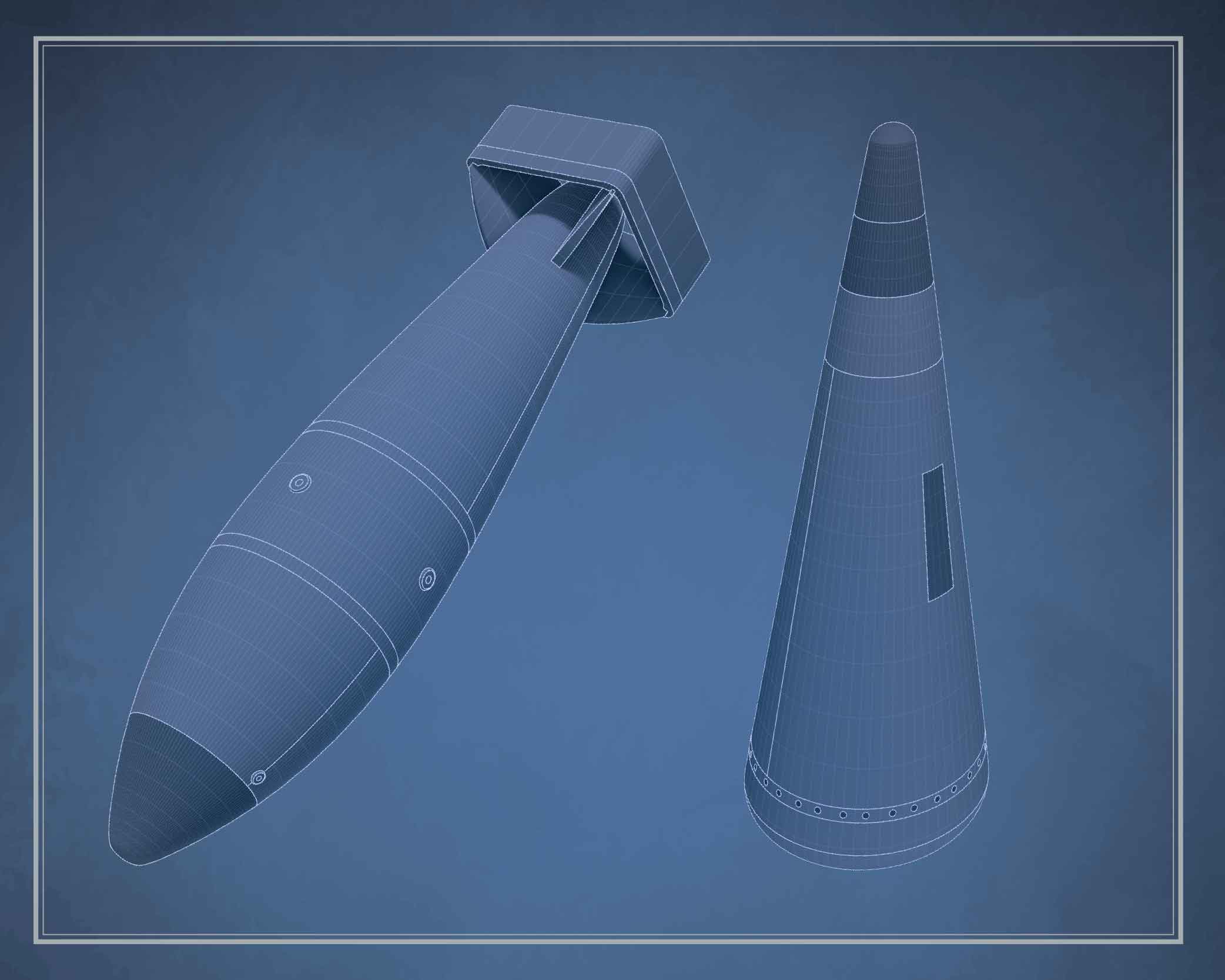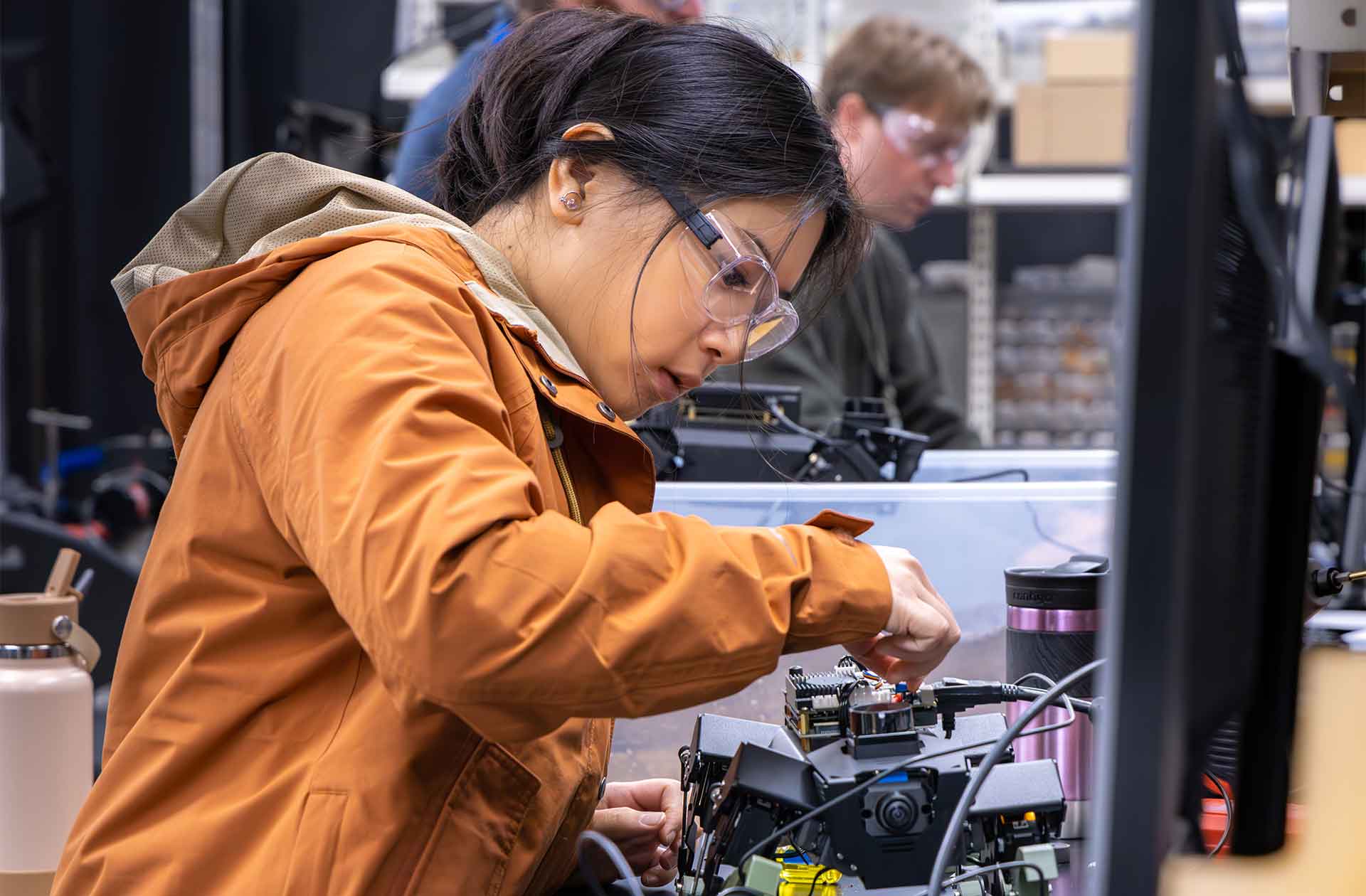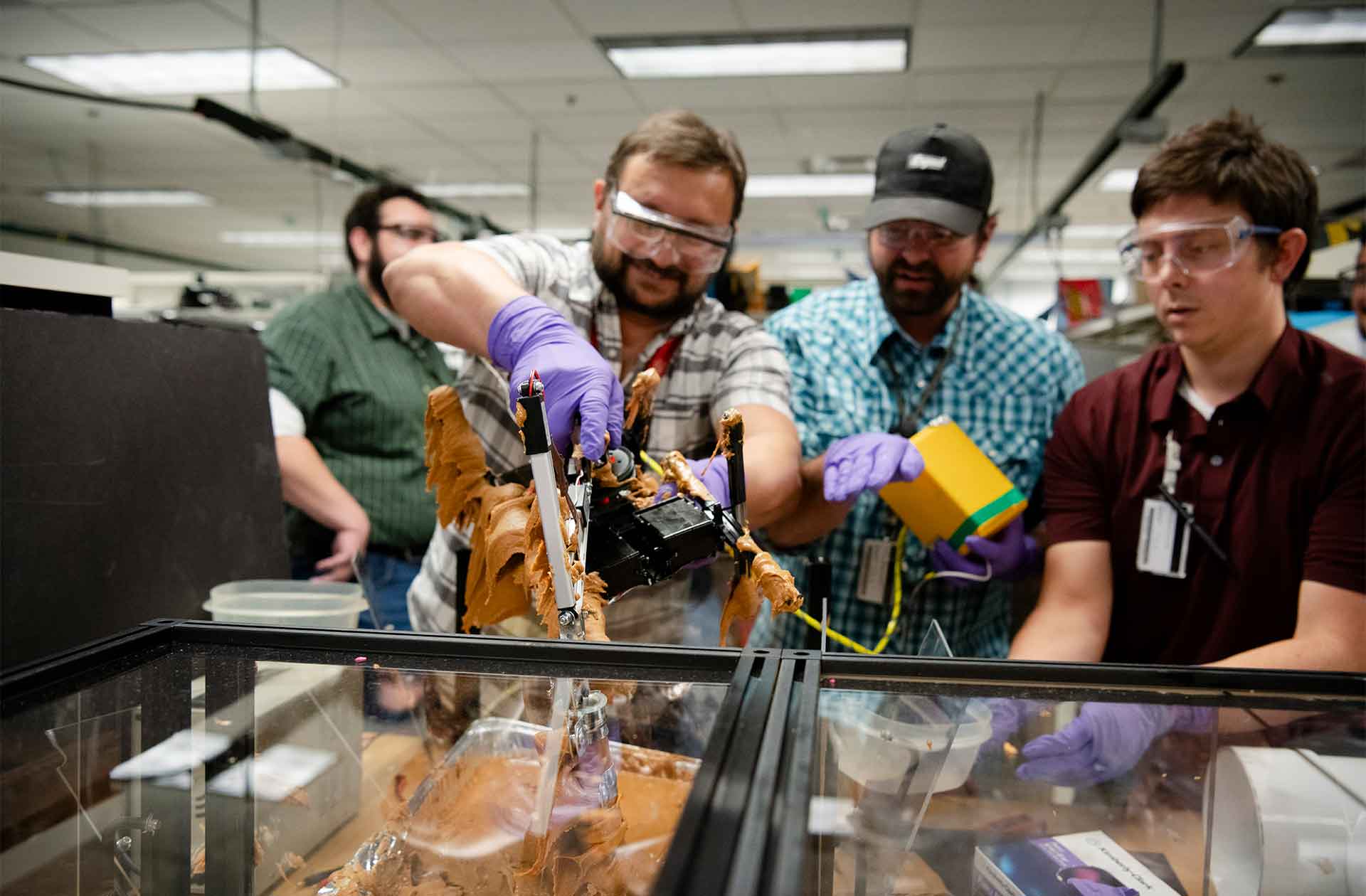Trinity triumphs
10 scientific advancements born from the Manhattan Project.
- The NSS staff

On July 16, 1945, at 5:29 a.m., a blinding flash came from the desert in southern New Mexico. A young Army sergeant would later call the explosion “brighter than 20 suns.”
This was the Trinity test: the world’s first detonation of a nuclear device.
Nearly three years earlier, some of the world’s best physicists, engineers, and mathematicians convened in Los Alamos, New Mexico, to work on Project Y, which was part of the Manhattan Project—the secret effort to develop an atomic bomb to help end World War II.
In creating the world’s first atomic device, the men and women of Project Y developed many techniques and technologies that are foundational to weapons science and to the national security work currently underway, 80 years later, at Los Alamos National Laboratory. Here are 10 of the many scientific breakthroughs born from the Manhattan Project.
Plutonium
Scientists confirmed a newly discovered isotope of plutonium, plutonium-239, had attractive nuclear fission properties for an implosion-type atomic weapon.
Precision implosion
Project Y scientists developed exploding bridgewire detonators with a pioneering high-explosive lens system. When positioned on high explosives surrounding a plutonium pit (nuclear weapon core) and set off simultaneously, the detonators created a convergent detonation wave that would symmetrically compress a plutonium pit—the key to obtaining a nuclear reaction.
Advanced imaging techniques
Diagnostics, such as flash radiography, were developed to optimize implosion design.
Critical assembly experiments
These experiments determined the critical masses of uranium and plutonium with tamper materials for the design of the atomic weapon and validated an understanding of the neutron chain reaction.
Plutonium alloying and metallurgy
Methods were successfully developed to purify the metal and create a dimensionally stable plutonium alloy that enabled the machining of the Gadget’s core.
The origins of stockpile safety
Project Y scientists designed relatively simple safety features—such as fuzing plugs and insertable cores—to ensure a nuclear weapon would not unintentionally detonate. These innovations inspired later complex and more effective weapons safety technology.
The Bethe-Feynman formula
Nobel laureates Hans Bethe and Richard Feynman developed the physics equation used to estimate the yield of a fission weapon.
Foundational radiochemical yield analysis
Wartime radiochemistry techniques developed and used at Trinity provided the foundation for subsequent analyses of nuclear detonations, both foreign and domestic.
New frontiers in computing
Human computers and IBM punched-card machines together calculated the hydrodynamics, instabilities, and neutronics algorithms necessary for understanding complex physics interactions, such as those found in a nuclear detonation. Thus began the modern era of multi-physics simulations.
The dawn of the atomic age
Trinity validated fission could be harnessed in the form of a revolutionary weapon that helped bring World War II to an abrupt end. Today, this technology underlies the current U.S. nuclear stockpile and also provides the basis for clean nuclear energy. ★








